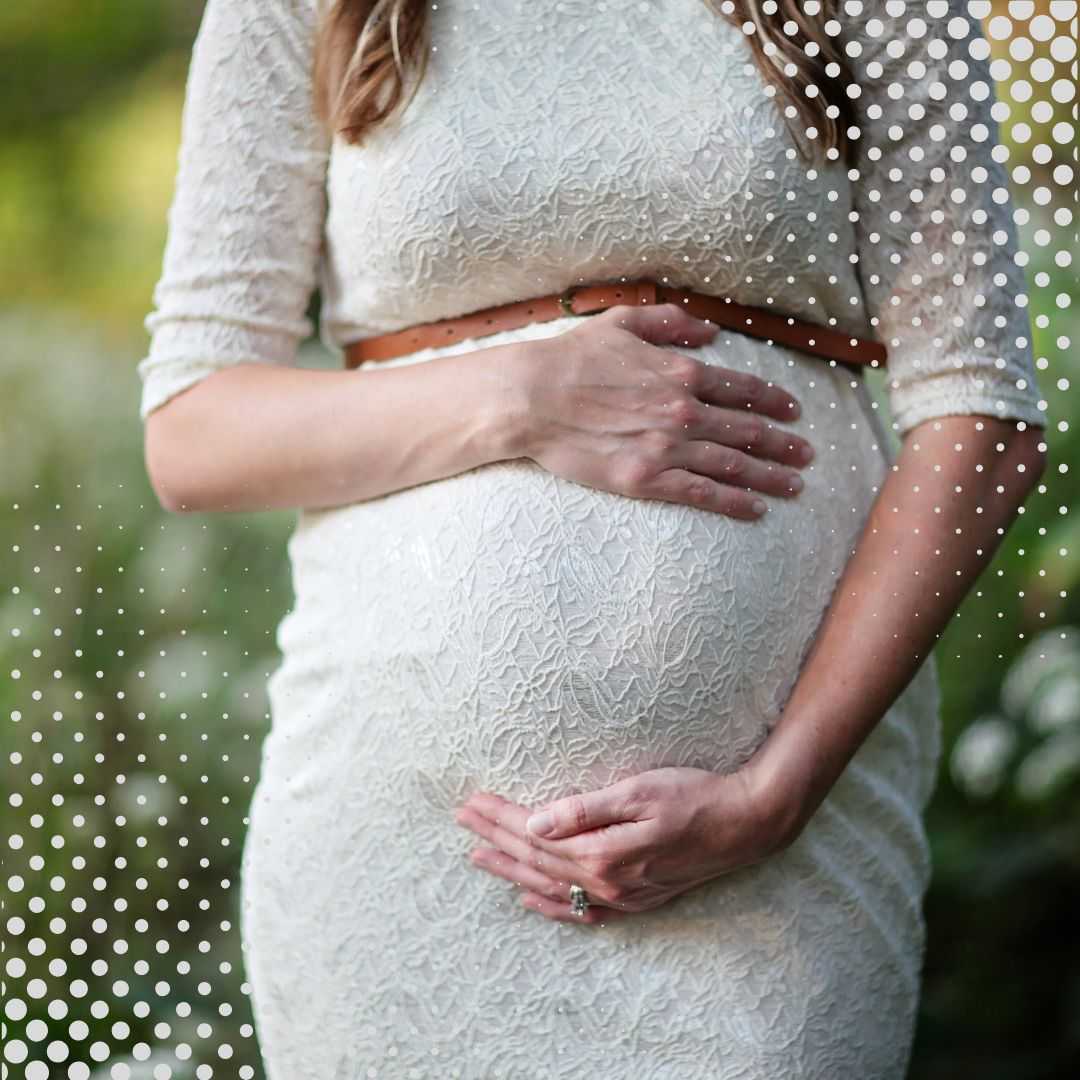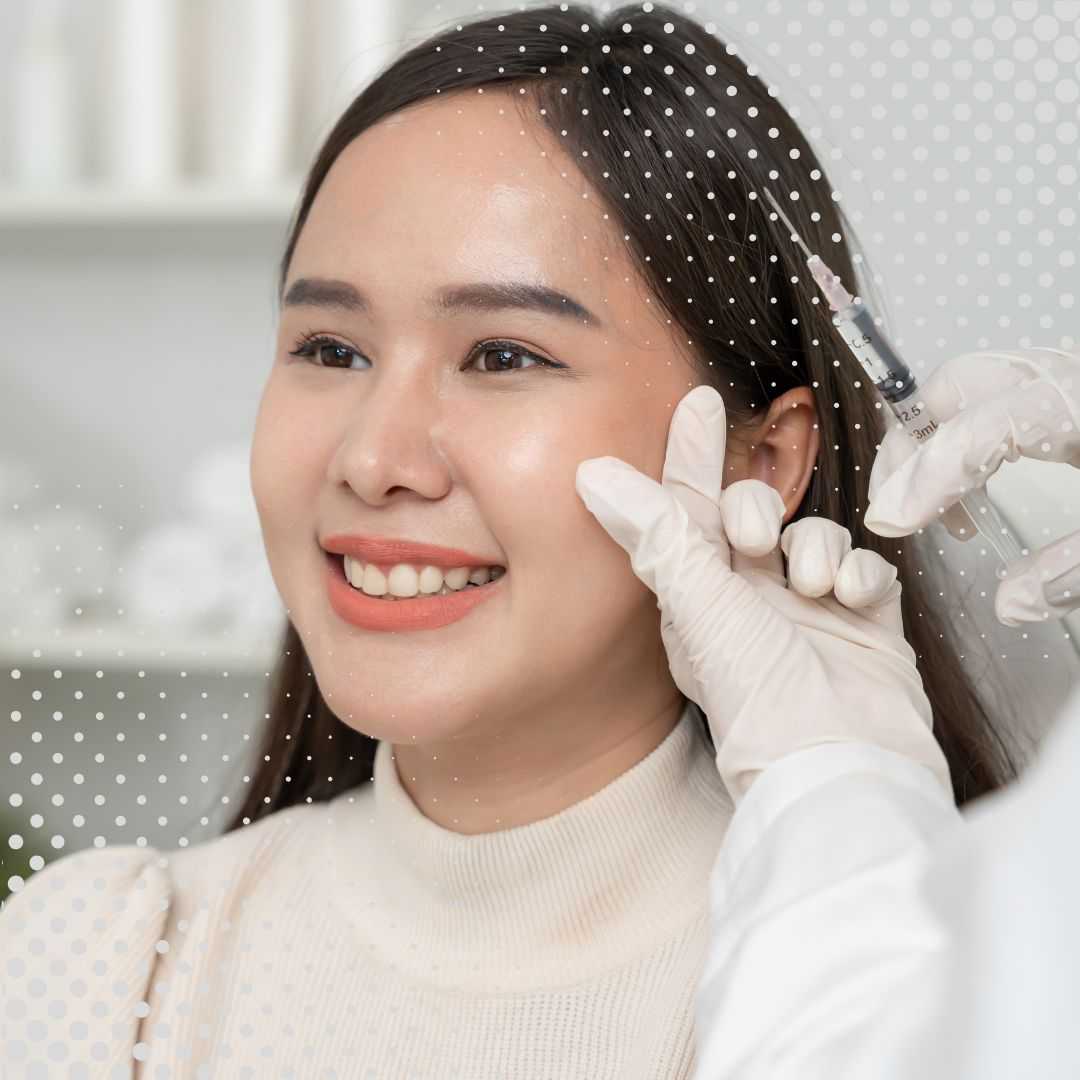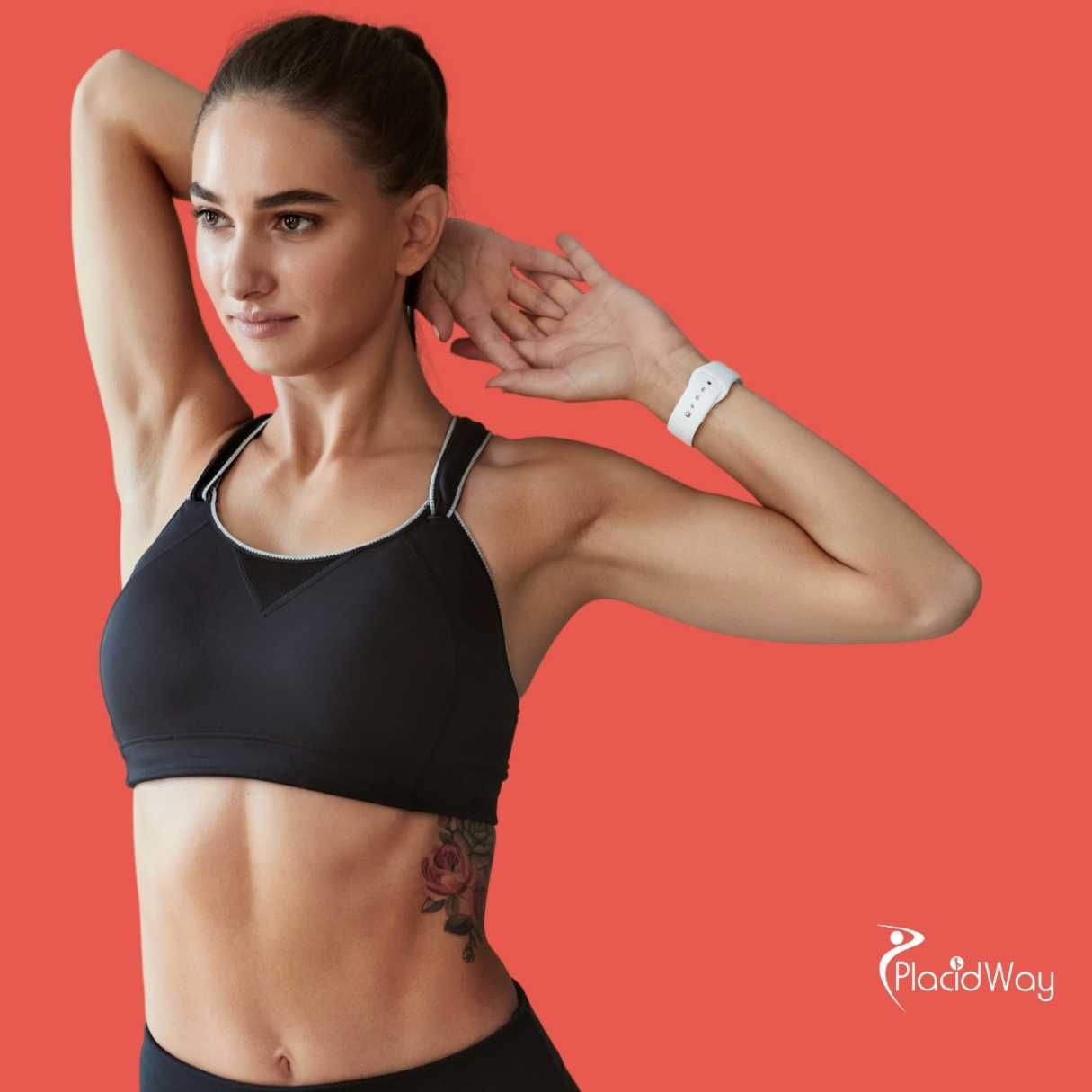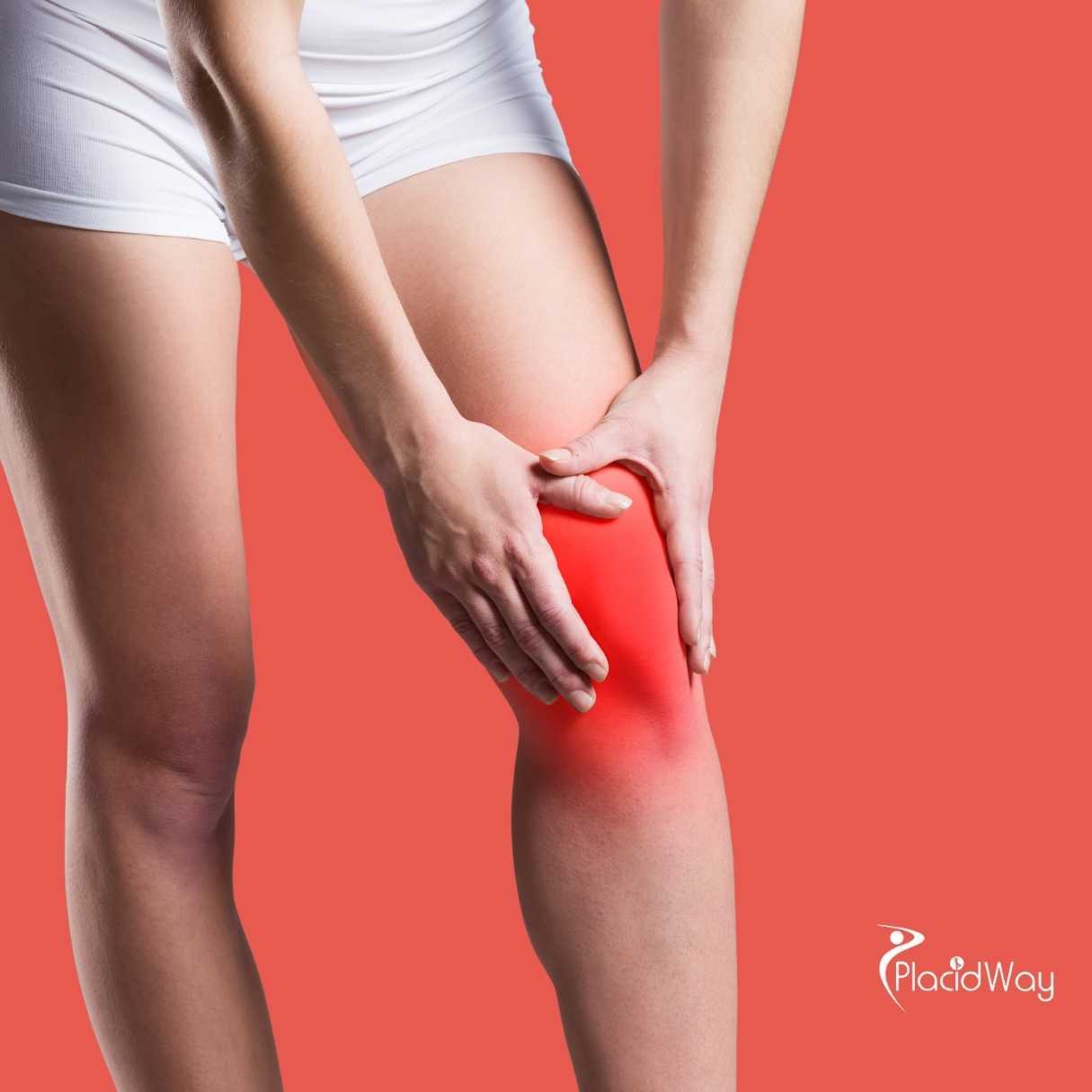Understanding the Cost of Platelet-Rich Plasma (PRP) Injections
Platelet-rich plasma (PRP) injections typically range from $500 to $2,500 per injection, per treatment area. The total cost varies significantly based on the treated condition, the number of injections required, geographic location, and the facility offering the treatment.
.png)
Welcome! If you've been exploring regenerative medicine options, you've likely come across platelet-rich plasma (PRP) injections. This innovative treatment harnesses your body's natural healing capabilities, offering hope for various conditions from hair loss and skin rejuvenation to chronic joint pain. Many people are curious about whether PRP could be the right solution for them, but one of the most pressing questions is always about the financial aspect: "How much do PRP injections cost?"
Understanding the cost of PRP treatment can feel a bit complex because the prices aren't fixed. They can fluctuate widely based on several factors, including where you live, the specific condition being treated, the number of sessions you need, and the expertise of the clinic. In this comprehensive guide, we'll break down the average cost of PRP injections, explore the elements that influence pricing, and even touch upon how medical tourism can provide more accessible and affordable options for those seeking this cutting-edge therapy.
How Much Do Platelet-Rich Plasma (PRP) Injections Cost on Average?
The average cost of PRP injections in the United States typically falls between $500 and $2,500 per session, with specific prices influenced by the treated area and clinic.
The price tag for PRP injections isn't a single, fixed number; it's a range that reflects the diverse applications and providers of this treatment. Generally, you can expect to pay anywhere from $500 on the lower end to upwards of $2,500 for a single injection session in many Western countries, particularly in the United States and Canada. This wide range accounts for differences in clinic overheads, geographic location, and the specific expertise of the medical professional.
For example, a single PRP injection for a small joint might be closer to the lower end, while a series of injections for hair restoration or a larger, more complex joint condition could be on the higher end, especially if it requires multiple syringes of PRP or sophisticated imaging guidance. Many clinics also offer package deals for multiple sessions, which can sometimes reduce the per-session cost. It's crucial to obtain a detailed quote from your chosen provider, outlining all potential expenses related to your specific PRP treatment plan.
What Factors Influence the Price of PRP Injections?
The price of PRP injections is primarily influenced by the treated area, the number of injections needed, geographic location, the clinic's reputation, and the experience of the medical professional.
Several key factors contribute to the variation in PRP injection costs. Understanding these can help you anticipate the total expense:
- Treated Area and Condition: Different conditions require different volumes of PRP and techniques. For instance, treating hair loss might involve numerous small injections across the scalp, while a knee injury might require one or two larger injections directly into the joint. The complexity and size of the treatment area directly impact the cost.
- Number of Sessions: Rarely is a single PRP injection sufficient. Most conditions require a series of treatments, typically 2 to 6 sessions, spaced weeks apart, to achieve optimal results. Clinics often provide discounts for treatment packages.
- Geographic Location: Like most medical procedures, the cost of PRP treatment varies significantly by region and country. Major metropolitan areas or regions with a higher cost of living generally have higher prices compared to smaller towns or areas with lower overheads.
- Provider's Expertise and Clinic Reputation: Highly experienced specialists, board-certified physicians, and well-regarded clinics with state-of-the-art equipment often charge more for their services. You are paying for their skill, safety protocols, and success rates.
- Equipment and PRP Preparation Method: The quality of the centrifuge and collection kits used to prepare the PRP can affect the purity and concentration of the platelets, influencing the treatment's effectiveness and, consequently, its cost. Advanced systems might be more expensive.
- Additional Services: Some clinics include imaging guidance (like ultrasound) for precise injection placement, post-treatment care, or follow-up consultations in their pricing. These can add to the overall PRP cost.
Is PRP Treatment Covered by Insurance?
Most PRP treatments are generally not covered by insurance because they are often considered experimental or elective, particularly for cosmetic or certain musculoskeletal conditions.
Unfortunately, for many patients, securing insurance coverage for platelet-rich plasma (PRP) injections remains a challenge. A significant portion of insurance companies classify PRP as an experimental or investigational treatment for many conditions, especially when used for cosmetic purposes like hair restoration or facial rejuvenation, or even for common musculoskeletal issues like arthritis or tendon injuries. This means patients typically have to pay for the full cost out-of-pocket.
There are rare exceptions where insurance might cover PRP, usually if it is deemed medically necessary and conventional treatments have failed, and only for very specific, well-documented conditions approved by the insurer. However, these instances are uncommon, and even then, extensive documentation and pre-authorization are usually required. It's always best to contact your insurance provider directly and discuss your specific situation before undergoing any PRP treatment to understand what, if anything, might be covered.
How Many PRP Injections Are Typically Needed for Effective Treatment?
The number of PRP injections needed varies, but most treatment plans involve 2 to 6 injections, often spaced weeks apart, depending on the condition and patient response.
The efficacy of PRP injections often depends on a series of treatments rather than a single session. The precise number of injections required is highly individualized and determined by several factors, including the specific condition being treated, its severity, the patient's overall health, and how their body responds to the initial treatments. Your doctor will assess your condition and provide a personalized treatment plan.
For conditions like chronic joint pain or tendon injuries, a typical protocol might involve 3 to 4 injections spaced 2-4 weeks apart. For hair restoration, many clinics recommend an initial series of 3 sessions, usually one month apart, followed by maintenance injections every 6-12 months. Skin rejuvenation treatments might also follow a similar pattern. It’s important to discuss your expected treatment course and the total estimated PRP injection cost with your provider during your initial consultation.
What Is the Cost of PRP for Hair Loss?
The cost of PRP for hair loss generally ranges from $750 to $1,500 per session, with most patients requiring 3 to 6 sessions for optimal results, totaling $2,250 to $9,000.
PRP for hair loss has gained significant popularity as a non-surgical option to stimulate hair growth and reduce thinning. Given that this treatment often targets a relatively large area (the scalp) and typically requires multiple sessions, the overall cost can be substantial. A single session of PRP for hair loss can cost between $750 and $1,500 in many Western countries.
Since a full course usually involves an initial series of 3 to 6 treatments, often spaced 4-6 weeks apart, the total investment can range from $2,250 to $9,000. Many clinics offer package deals for these multi-session protocols, which can sometimes provide a slight discount compared to paying per session. Additionally, some patients opt for annual maintenance sessions, which would add to the long-term PRP cost. The price can also vary based on whether additional therapies, such as microneedling, are combined with the PRP treatment.
How Much Do PRP Injections Cost for Joint Pain or Arthritis?
PRP injections for joint pain or arthritis typically cost between $750 and $2,000 per injection, per joint, often requiring multiple sessions for sustained relief.
For individuals suffering from joint pain or mild to moderate arthritis, PRP injections offer a promising avenue for pain relief and improved function by promoting natural tissue repair. The cost of these injections largely depends on the specific joint being treated, the severity of the condition, and whether imaging guidance (like ultrasound or fluoroscopy) is used to ensure precise placement of the PRP.
In many regions, a single PRP injection for joint pain, such as in the knee, shoulder, or hip, can range from $750 to $2,000. As with other PRP applications, a course of multiple injections (typically 2-4) is usually recommended for the best and most durable results, pushing the total investment into the range of $1,500 to $8,000 or more. Some clinics may include the cost of initial consultation and follow-up visits, while others charge separately. Always confirm what is included in the quoted PRP cost.
Can I Get Affordable PRP Injections Through Medical Tourism?
Yes, affordable PRP injections are often available through medical tourism, with countries like Mexico, Turkey, and India offering competitive pricing, sometimes 50-70% less than Western countries.
For many, the high cost of PRP injections in their home country can be a significant barrier. This is where medical tourism becomes an attractive option. Many countries have developed robust medical tourism industries, offering high-quality medical treatments, including PRP, at a fraction of the price found in places like the United States, Canada, or Western Europe. The lower operational costs, lower malpractice insurance rates, and different economic structures in these countries allow clinics to offer more competitive pricing.
Patients seeking more affordable PRP treatment often travel to destinations renowned for medical tourism. These include Mexico, Turkey, India, Thailand, and Costa Rica. Not only can you find more budget-friendly options for the treatment itself, but these destinations often boast internationally accredited facilities and highly skilled medical professionals. When considering medical tourism for PRP, it's vital to research clinics thoroughly, looking for certifications, doctor qualifications, and patient testimonials to ensure both affordability and quality of care.
What is the Cost of PRP Treatment in Mexico or Turkey?
PRP treatment in Mexico or Turkey can range from $300 to $1,000 per session, making them attractive options for patients seeking high-quality care at a lower cost compared to the US or Canada.
Mexico and Turkey stand out as popular destinations for medical tourists seeking more affordable PRP injections without compromising on quality. In these countries, the PRP cost per session can be significantly lower than in many Western nations. For example, a single PRP injection session in Mexico or Turkey might range from $300 to $1,000, depending on the clinic, the expertise of the doctor, and the specific condition being treated. This represents a substantial saving when compared to the $500 to $2,500 often seen per session in the United States.
These lower prices are a result of several factors, including reduced operating expenses, lower labor costs, and governmental support for the medical tourism sector. Many clinics in these countries adhere to international healthcare standards and employ English-speaking staff, making the experience smooth for international patients. When planning your trip, consider that the total cost will also include travel, accommodation, and possibly other amenities, but even with these added expenses, the overall investment for PRP treatment can often be considerably less than staying local.
Are There Hidden Costs Associated with PRP Medical Tourism?
When considering PRP medical tourism, potential hidden costs can include travel expenses, accommodation, interpreter services, and follow-up care not covered in the initial package.
While medical tourism can offer significant savings on the actual PRP injection cost, it's important to be aware of potential additional expenses that could impact your total budget. Transparency is key, and thorough planning can help avoid unexpected costs. Here's what to consider:
- Travel Expenses: Flights, ground transportation (taxis, ride-shares, or private transfers from the airport to the clinic/hotel), and any visas required for your destination.
- Accommodation: Hotel stays or rental apartments for the duration of your trip, which could be several days or weeks depending on the number of PRP sessions and recovery time.
- Interpreter Services: If the clinic does not provide bilingual staff and you are not proficient in the local language, you might need to hire an interpreter.
- Meals and Personal Expenses: Daily living costs during your stay.
- Pre- and Post-Treatment Care: Ensure clarity on whether initial consultations, diagnostic tests (if any), follow-up appointments, and any necessary medications are included in the package price. Some clinics might charge separately for these.
- Travel Insurance: Specific medical tourism insurance can cover unforeseen medical complications or travel disruptions.
Always ask for an itemized quote that details what is and isn't included in the package price. A reputable medical tourism facilitator or clinic will provide all necessary information upfront to help you plan your budget effectively for your PRP treatment abroad.
What Should I Look For When Choosing a PRP Provider?
When choosing a PRP provider, look for a qualified and experienced medical professional, a reputable clinic, transparent pricing, and positive patient reviews to ensure safety and effectiveness.
Selecting the right provider for your PRP injections is paramount for both safety and successful outcomes, regardless of whether you're seeking treatment locally or through medical tourism. The quality of the procedure is just as important as the PRP cost. Here are crucial factors to consider:
- Medical Professional's Qualifications and Experience: Ensure the doctor administering the PRP has appropriate medical training, certifications, and specific experience with PRP therapies for your condition. Ask about their track record and how many procedures they've performed.
- Clinic Accreditation and Standards: Choose a clinic that adheres to high medical standards. For international clinics, look for international accreditations (e.g., JCI) which indicate a commitment to patient safety and quality care.
- PRP Preparation System: Inquire about the type of PRP system used. High-quality systems produce a higher concentration of platelets, which is crucial for effectiveness.
- Sterilization and Safety Protocols: The clinic should maintain strict sterile environments and safety protocols to minimize the risk of infection and other complications.
- Transparent Pricing: A reputable provider will offer a clear, itemized breakdown of all costs associated with your PRP treatment, with no hidden fees.
- Patient Testimonials and Before/After Photos: Reviewing experiences of previous patients and visual results can provide insight into the clinic's success rates and patient satisfaction.
- Initial Consultation Process: A thorough consultation should involve a detailed assessment of your condition, a discussion of your medical history, realistic expectations, and a personalized treatment plan.
Making an informed decision about your PRP provider will give you peace of mind and significantly increase the likelihood of a positive treatment experience.
Ready to explore options for your health and wellness needs? Whether you're considering PRP injections or other advanced medical treatments, PlacidWay can connect you with top-tier healthcare providers and medical tourism solutions worldwide. Visit PlacidWay to discover personalized care plans and affordable options.


.png)




.png)




Share this listing